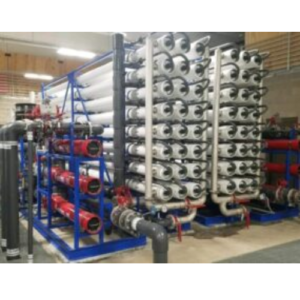What is Energy consumption in Seawater Desalination Plants?
Seawater desalination is considered one of the most promising methods for the production of fresh water. And, it is not expensive compared to other means of producing drinking water. Also, an accurate and systematic evaluation can enable sustainable and energy efficient desalination.

The energy consumption of seawater desalination has decreased in recent years. This decrease has been attributed to improved membrane technologies and energy recovery systems. As a result, energy use is a relatively small factor in the total cost of a plant.
For a large-scale plant, the power consumption of a seawater desalination process is less than three kilowatt hours per ENERGY CONSUMPTION OF A SEAWATER DESALINATION PLANT. This represents a 90% reduction in energy use over the last 40 years.
In addition to electricity, heat is also an important energy source. Heat engines, such as CCGT plants, have achieved higher levels of energy efficiency. While the energy efficiency of seawater desalination hasn’t quite reached this level, heat engines have the potential to do so.
There are several different types of energy sources used in seawater desalination. These include electric power, natural gas, diesel fuel, coal, and biogas. Electricity is the most common form of primary energy used in the process.
Power is required to move the seawater, as well as to maintain the high pressure of the processing system. High pressure can reach 70 times the atmospheric pressure, and thus requires high-powered pumps and a huge amount of equipment. It is also possible to co-generate electricity and thermal heat. Although these types of desalination processes are more energy intensive, they are more effective in achieving a significant amount of fresh water.




0 Comments